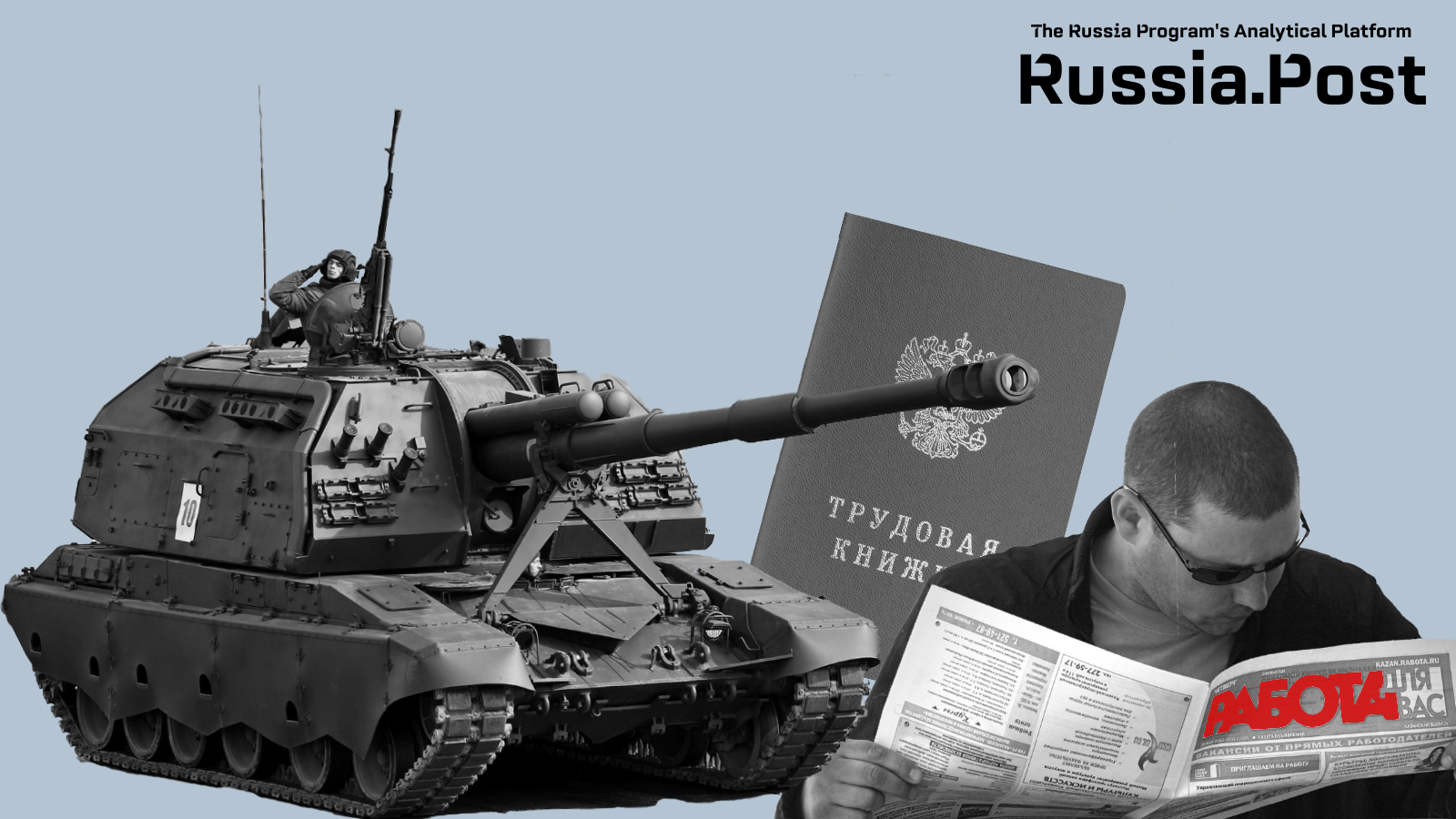Based on public statements by defense-sector officials and his own interviews, military expert Maxim Starchak, a Fellow at the Center for International and Defense Policy at Queen’s University, concludes that the growing shortages of workers in the military-industrial complex are an insoluble problem.
Speaking in July at the second so-called Personnel National Congress of the Defense-Industrial Complex, Alexei Nechaev, a Duma deputy and rector of the Promsvyazbank Academy, called the shortage of workers in the defense sector “a significant problem.” Defense enterprises currently need about 160,000 specialists, he said. Promsvyazbank, a once-private bank that was nationalized after it failed, is the main financial institution supporting defense procurement, while its corporate academy provides specialized training for employees of the bank and the defense sector.
[…]
Over the past one and a half years, they [Russian defense enterprises] have managed to bring in 520,000 new workers, but shortages persist. Whereas at the end of 2023 the Ministry of Industry and Trade reported that about 75,000 specialists were needed in the defense sector, six months later that figure more than doubled (growing 115%). Meanwhile, according to First Deputy Prime Minister Denis Manturov, whose portfolio includes industry, the needs of the defense sector for 2025 are even greater – namely 250,000 workers.
[…]
In Russia, the military-industrial complex comprises 6,000 enterprises employing about 4 million people. Yet many more people work for the defense sector in one way or another, with about 10,000 more enterprises being auxiliary companies and contractors.
[…]
First Deputy Duma Chair Denis Kravchenko said that the labor deficit in the defense sector should be “urgently dealt with.” Andrei Peregudov, who heads the military-industrial complex department at the Ministry of Industry and Trade, noted that though the industry has managed to mobilize resources, “much remains to be done, especially since the defense sector competes for personnel with civilian sectors of the economy.”
[…]
The “demographic hole” in Russia (by late 2022 the number of workers under 30 years old had dramatically decreased) only intensifies the competition for personnel. “There are now half as many young people on the labor market than required,” says Natalia Nikulinskaya, head of HR at Penza PTPA, a manufacturer of pipeline fittings.
Obviously, the war in Ukraine has significantly exacerbated the demographic issues. According to career consultant Galina Babkova, based on official data and calculations by independent media, 650,000 able-bodied men went to war in Ukraine.
[…]
Even though workers without skills and experience are immediately offered a good salary, it is still hard to find people, says Larisa Smirnova, an HR expert from Kostroma.
[…]
At the end of 2022, the Sverdlovsk Region branch of the Federal Penitentiary Service announced that it would send 250 inmates to do forced labor at Uralvagonzavod.
This practice continued in 2023, but the numbers are too small to make a difference. The problem is only growing – for example, in Novosibirsk Region in 2024, the personnel shortage in the defense sector increased 30% versus last year, amounting to 2,000 people.
[…]
On top of this are problems with the quality of education. “The current education system requires modernization, as many educational institutions teach purely fundamental basics, using textbooks from the last century. In educational institutions, equipment for training is often unavailable, and if it is, it is commonly machines from the last century, which are very far from modern equipment,” says Rossko’s Kuzubov.
In addition, educational institutions often do not have instructors with knowledge of the latest practical skills, says Svetlana Dyukova, director of educational projects for Russian Welding Team. Vocational colleges hire retired instructors and cannot train students in modern technologies.
[…]
The labor shortage is dragging on defense procurement, President Putin acknowledged last year. Experts agree that the shortage will continue, and the issue insoluble. The consultancy Yakov and Partners predicts that by 2030 the deficit will reach 2-4 million people.
In June, industrial output in Russia slowed sharply, with the subsegments of military equipment and optics/electronics production falling for two straight months. This suggests that industry is plateauing amid the labor problems and tight monetary policy. Salary increases and other measures have ceased to push workers into industry, which is starting to slip.



US is having similar issues in naval construction. This is just flipping demographics that are severely exacerbated by the war.
US and western europe does not suffer as much due to rising immigration but migrants are mostly only good for low end work with few exceptions so things like trades, “leadership” has not solution lol
Turns out it is harder to on shore a job is harder than offshore 🤡
edit: https://thebrainbin.org/m/[email protected]/t/259500/The-Navy-Runs-Out-of-Pants-for-Its-Working-Uniform
haha